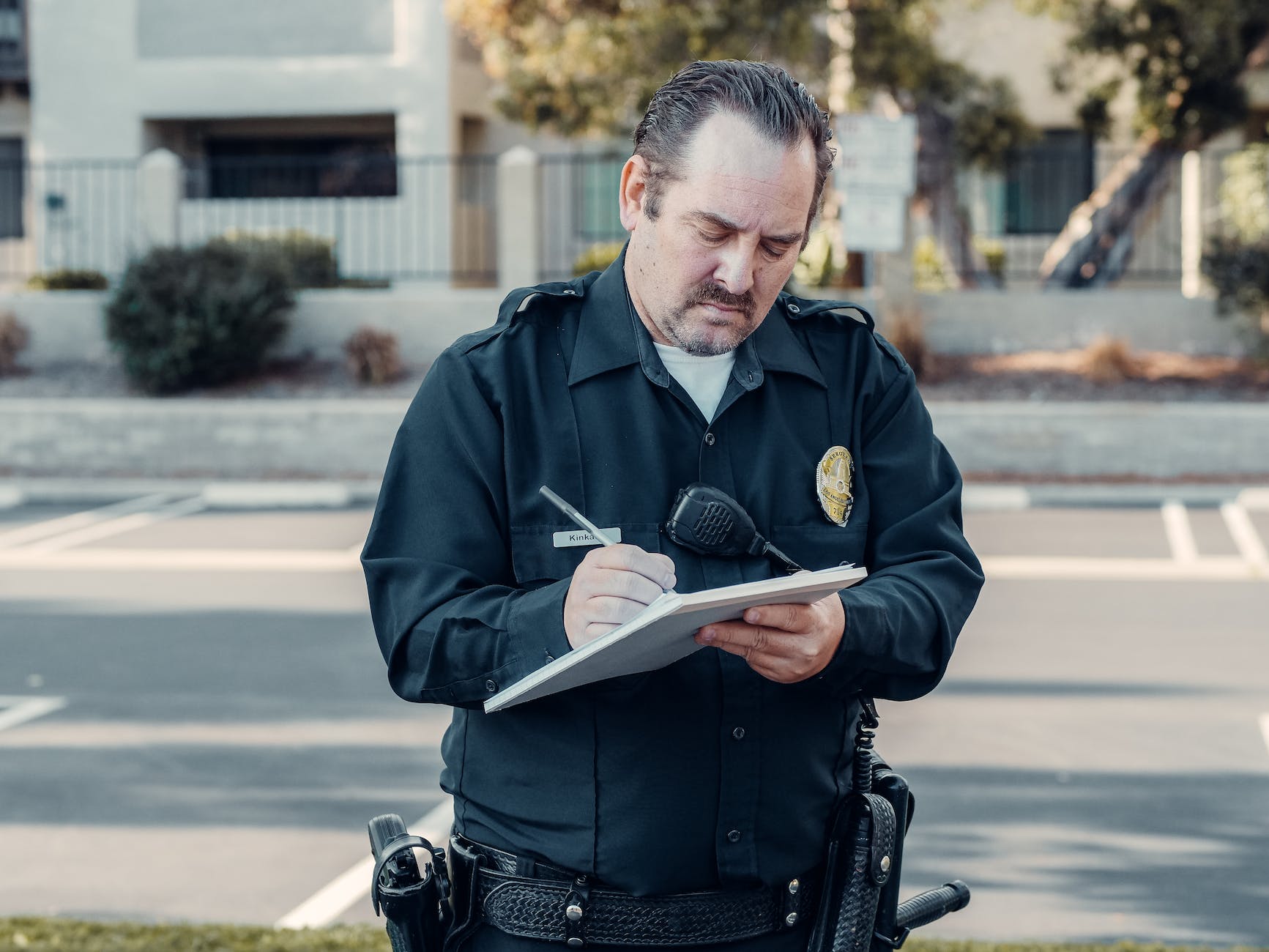
What is a Public Safety Officer?
Public safety officers are dedicated professionals who work tirelessly to ensure the well-being and security of communities they serve. These individuals play a pivotal role in maintaining law and order, responding to emergencies, and safeguarding the lives of citizens. In this article, we will explore the vital responsibilities of public safety officers and the significance of their contributions to society.
1. Defining Public Safety Officers
Public safety officers, also known as first responders, are professionals trained to handle various emergencies and enforce laws to protect the public. Their primary objective is to ensure the safety and security of individuals within a community.
1.1 Roles and Responsibilities
Public safety officers undertake a wide range of responsibilities, including but not limited to:
- Patrolling neighborhoods and public areas to prevent crime and maintain a visible presence.
- Responding to emergency calls promptly, such as accidents, fires, medical incidents, or criminal activities.
- Conducting investigations, collecting evidence, and assisting in the apprehension of suspects.
- Providing aid in medical emergencies and coordinating with medical personnel for timely assistance.
- Educating the public on safety measures and promoting community engagement.
2. Becoming a Public Safety Officer
Becoming a public safety officer requires a combination of education, training, and specific skillsets.
2.1 Education and Training Requirements
The educational prerequisites for becoming a public safety officer may vary based on the specific role and location. However, most positions demand a high school diploma or equivalent as a minimum requirement. Many agencies also prefer candidates with some college education or relevant certifications.
Aspiring officers typically undergo rigorous training programs at specialized academies. These training sessions cover various aspects, including law enforcement techniques, emergency medical procedures, and firefighting skills.
2.2 Skillsets and Qualities
To excel in this profession, public safety officers need certain essential qualities and skillsets:
- Physical Fitness: The job demands physical stamina and agility to handle challenging situations and strenuous tasks.
- Communication Skills: Effective communication is crucial for interacting with the public, de-escalating conflicts, and collaborating with fellow officers.
- Quick Decision Making: Officers must think on their feet and make prompt decisions during emergencies.
- Empathy and Compassion: Dealing with distressed individuals requires empathy and compassion.
3. Types of Public Safety Officers
Public safety officers encompass various specialized roles that cater to different aspects of community safety.
3.1 Police Officers
Police officers are responsible for enforcing laws, preventing crime, and conducting investigations to maintain public order.
3.2 Firefighters
Firefighters are trained to respond to fires and various emergencies, providing rescue and medical assistance when needed.
3.3 Emergency Medical Technicians (EMTs)
EMTs are skilled medical professionals who provide on-site medical care and transportation to hospitals during emergencies.
3.4 Park Rangers
Park rangers protect wildlife, enforce park rules, and educate visitors about safety and conservation.
3.5 Lifeguards
Lifeguards monitor swimming areas, ensuring the safety of swimmers and providing aid in water-related emergencies.
3.6 Correctional Officers
Correctional officers oversee inmates in correctional facilities, ensuring security and safety within the premises.
4. Importance of Public Safety Officers
The significance of public safety officers in society cannot be overstated.
4.1 Maintaining Law and Order
Public safety officers play a crucial role in upholding the law and maintaining order within communities.
4.2 Protecting Citizens
These professionals put their lives on the line to protect the lives and property of citizens.
4.3 Responding to Emergencies
Public safety officers are the first to respond to emergencies, providing immediate assistance and support.
4.4 Community Engagement
Officers actively engage with the community, building trust and fostering a sense of security.
5. Challenges Faced by Public Safety Officers
Despite their dedication, public safety officers encounter several challenges in their line of work.
5.1 Physical and Mental Demands
The nature of their job demands physical endurance and mental resilience.
5.2 Dealing with Risky Situations
Officers often face dangerous and unpredictable situations that require bravery and quick thinking.
5.3 Emotional Toll
The emotional toll of witnessing distressing events can impact the mental well-being of officers.
6. Advancements and Innovations in Public Safety
Advancements in technology and innovation have significantly influenced the field of public safety.
6.1 Technology in Law Enforcement
Modern law enforcement benefits from technologies like surveillance systems, drones, and data analytics.
6.2 Modern Equipment for Firefighters and EMTs
Advanced equipment has improved the efficiency and safety of firefighters and EMTs.
6.3 Training and Professional Development
Continuous training enhances the capabilities of public safety officers to meet evolving challenges.
7. Future of Public Safety Officers
The role of public safety officers is ever-evolving, adapting to changing needs and circumstances.
7.1 Evolving Roles
Officers may take on new responsibilities, reflecting shifts in societal priorities.
7.2 Community Policing
Community-oriented approaches will continue to shape the relationship between officers and communities.
7.3 Collaboration with Other Agencies
Public safety officers will collaborate with various agencies to address complex issues effectively.
Conclusion
Public safety officers serve as the guardians of society, upholding the principles of safety, protection, and service. Their selfless dedication to safeguarding lives and property makes communities safer and more resilient. As challenges persist and technology advances, the role of public safety officers will continue to evolve, ensuring a safer and brighter future for all.
























